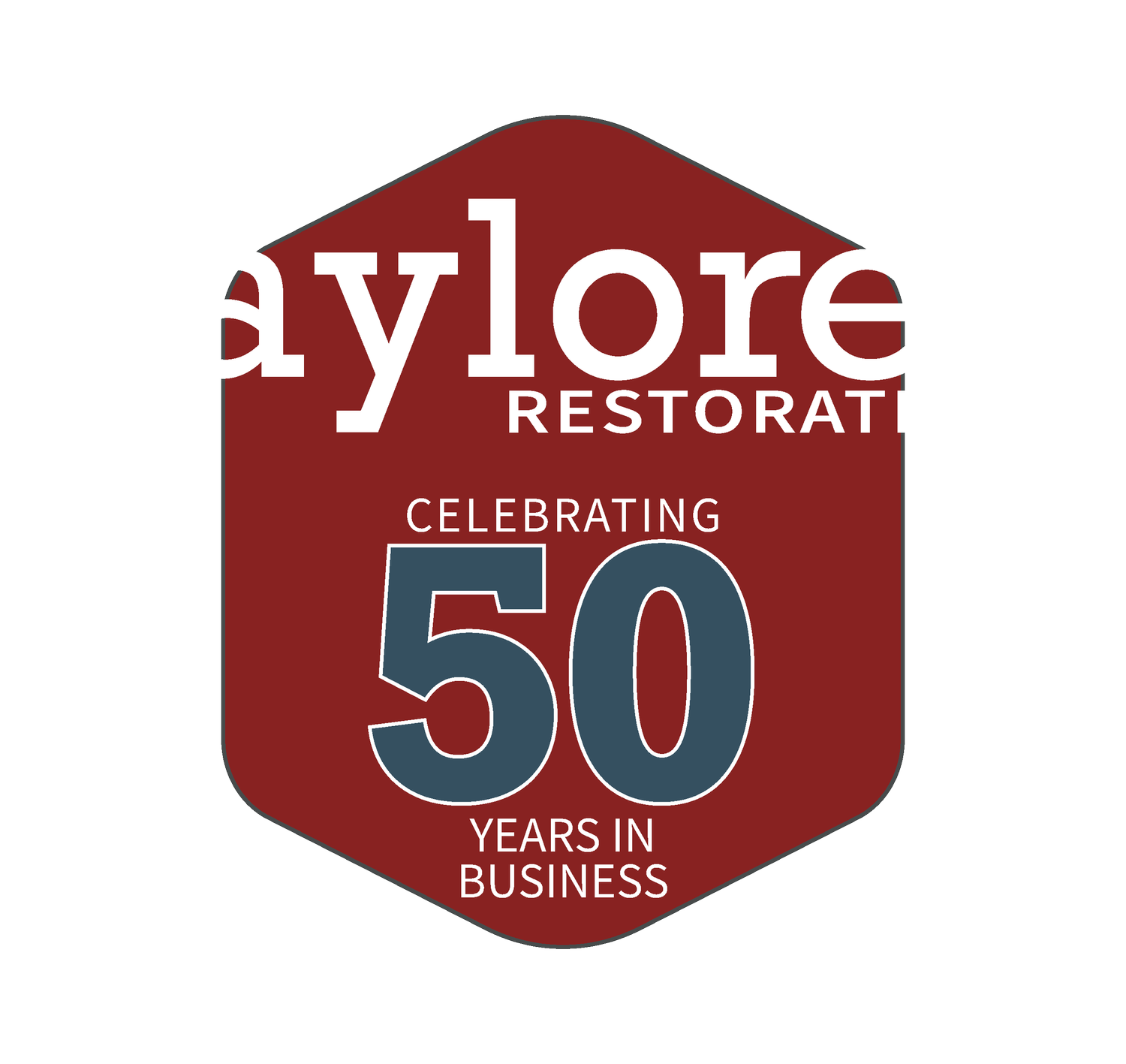5 Places Your House Hides Mold
We all know mold can be dangerous to the health of yourself, your family, and your home. It causes health problems, damages walls, and floors, and leaves the affected area with a distinct, musty smell. Luckily, mold growth can be preventable. Knowing where mold can grow is important in being able to stop growth in your home. These areas in your house are the most likely to be affected:
Bathroom. The most common place to find mold is in the bathroom. The wet and warm environment is the perfect recipe for mold growth. It is often found around the shower, sink, and bath areas. To prevent mold growth in the bathroom, ensure there is proper ventilation so the damp areas are able to fully dry after use.
Basement. Basements are another place where mold is often found. This is typically caused by moisture from a leak or condensation on pipes combined with a lack of air movement. To prevent mold growth, ensure your basement does not have any damp areas and consider installing a fan to promote airflow.
Kitchen. Food crumbs combined with moisture, poor ventilation, and dark corners make the kitchen a prime target for mold growth. Prevent mold by keeping the kitchen clean and by using the hood fan when needed. Clean any susceptible surfaces with vinegar on occasion to prevent mold from settling on them.
Walls. Mold inside walls is not always visible but could result in serious health and home problems. The cause is typically due to a leaky pipe or condensation, which is likely unknown to the homeowner. If you notice a musty smell in the area or are experiencing headaches or difficulty breathing that goes away when you leave your home, this may be the culprit. The only way to confirm the presence of mold inside your walls is to look inside or call a certified mold inspector.
Flooring. Similar to walls, mold can hide underneath the flooring. It is most likely to occur after a flood. While it cannot be seen, there might be a musty smell coming from your floor or you might be experiencing health problems. If you have mold on your floor, you will need to remove the flooring. It is best to contact a professional for help with the process.
If you suspect you may have mold in your home, we can inspect your home and determine if you need a mold specialist. Our team is highly trained in mold remediation and proper safety procedures.

